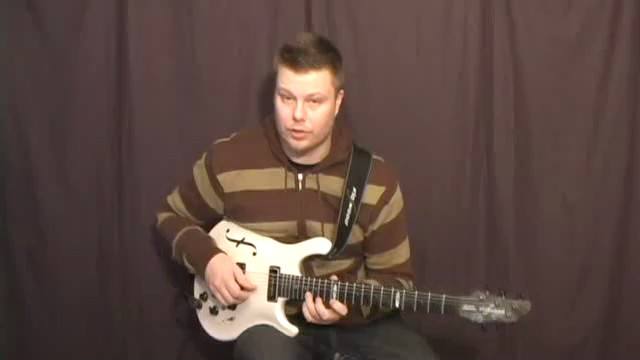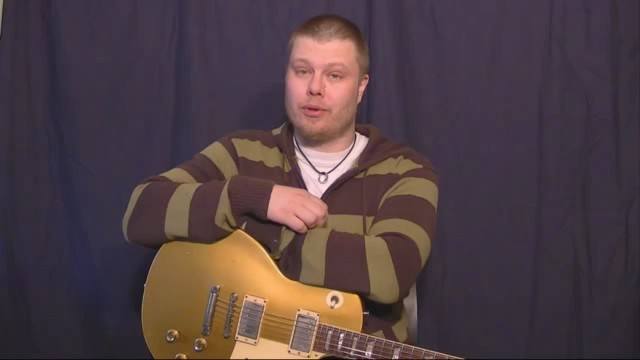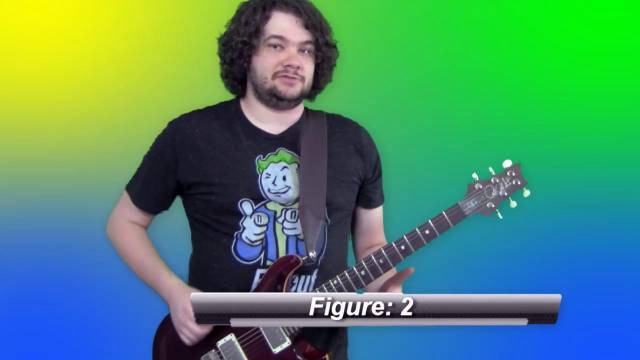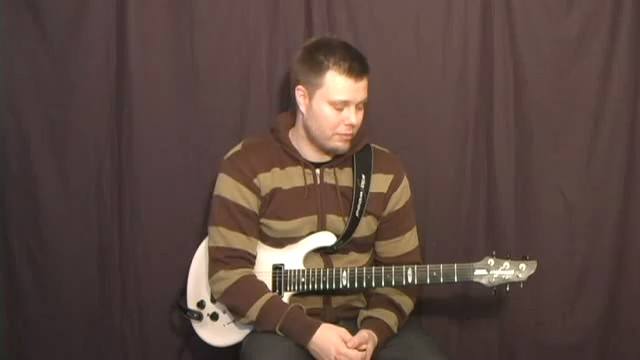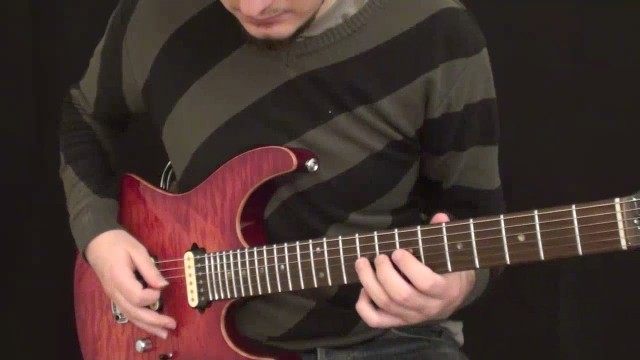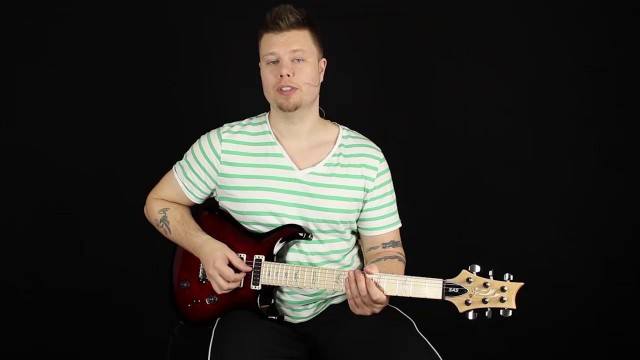In this tutorial, we're going to practice some patterns that utilize all 4 of the fret-hand fingers. Just as with any other instrument, playing guitar requires solid coordination. If you think about it, if you had absolutely perfect coordination, you could play pretty much anything you wanted on the guitar. However, the reality is that no one has flawless coordination. Even though some people are more naturally gifted than others, everyone has to practice to strengthen their coordination. So with that said...let's practice!
In this lesson's exercise, we're going to be playing a repeated sequence on the G string using notes within the G Major scale. The sequence will be a grouping of 4 notes, with the first 2 notes being on the open G string, then the next 2 notes being a note on the fretboard. In every measure, we're going to play the sequence 4 times, and each time we'll use a different finger.
Check out the first measure in the tablature below. Observe the first 4 sixteenth notes. We see the following: Open, Open, 2nd fret, 2nd fret. So that's our sequence for the measure. You'll play that once with your index finger, then again with your middle finger, then again with your ring finger, then lastly, with your pinky finger. After that, you'll go to the next note in the G major scale and play the sequence again. Also, be sure to use alternate picking throughout the whole exercise.
In the video, you'll see me play it fast and then slow. When you first start with these kind of exercises, don't worry about speed...AT ALL. Our goal here is to promote solid mind-control over each one of your fingers. When you practice these exercises, play them very slowly and be consciously aware of what each finger is doing. It might sound funny, but if you focus your mind on every single small movement of your fingers, your mind will "get to know" your fingers better and you'll have better coordination as a result.
Once you have a good grasp on this exercise, try to do some variations. For example, try making your fingers play the notes out of order. In the tab, we have it to where our 4-note sequence goes in order: index, middle, ring, pinky. But also try it out of order like this: pinky, index, ring, middle. There are many combinations you could do. Experiment with it! Creating variations to exercises can help your coordination immensely.
When you have this exercise down, let's move on to a more difficult exercise in the next lesson.






